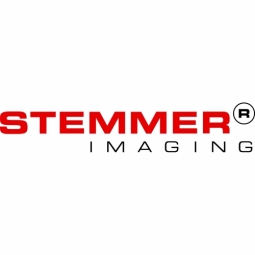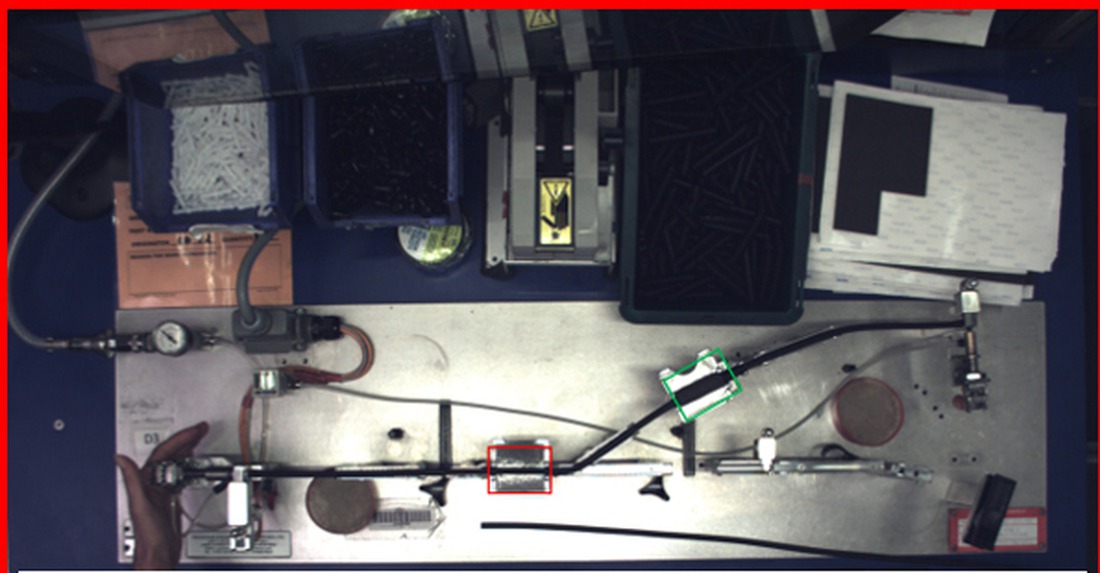Stemmer Imaging
Case Studies
Integrating vision into a manual assembly process
Overview
 |
Integrating vision into a manual assembly processStemmer Imaging |

|
Analytics & Modeling - Computer Vision Software | |
Automotive | |
Discrete Manufacturing | |
Computer Vision | |
Software Design & Engineering Services | |
Operational Impact
| [Process Optimization - Real Time Monitoring] The system was adopted as a Kautex standard and is used for all new projects. The company is planning to introduce the system into the US plant. | |
Quantitative Benefit
100% reduction in all targeted defects now measured by vision since the introduction of the system. | |
87% reduction in the total number of defects from the hose production section as a whole. | |
Approximately 70% reduction in the amount of paperwork being printed. 100% traceability of every single assembly including images. | |


